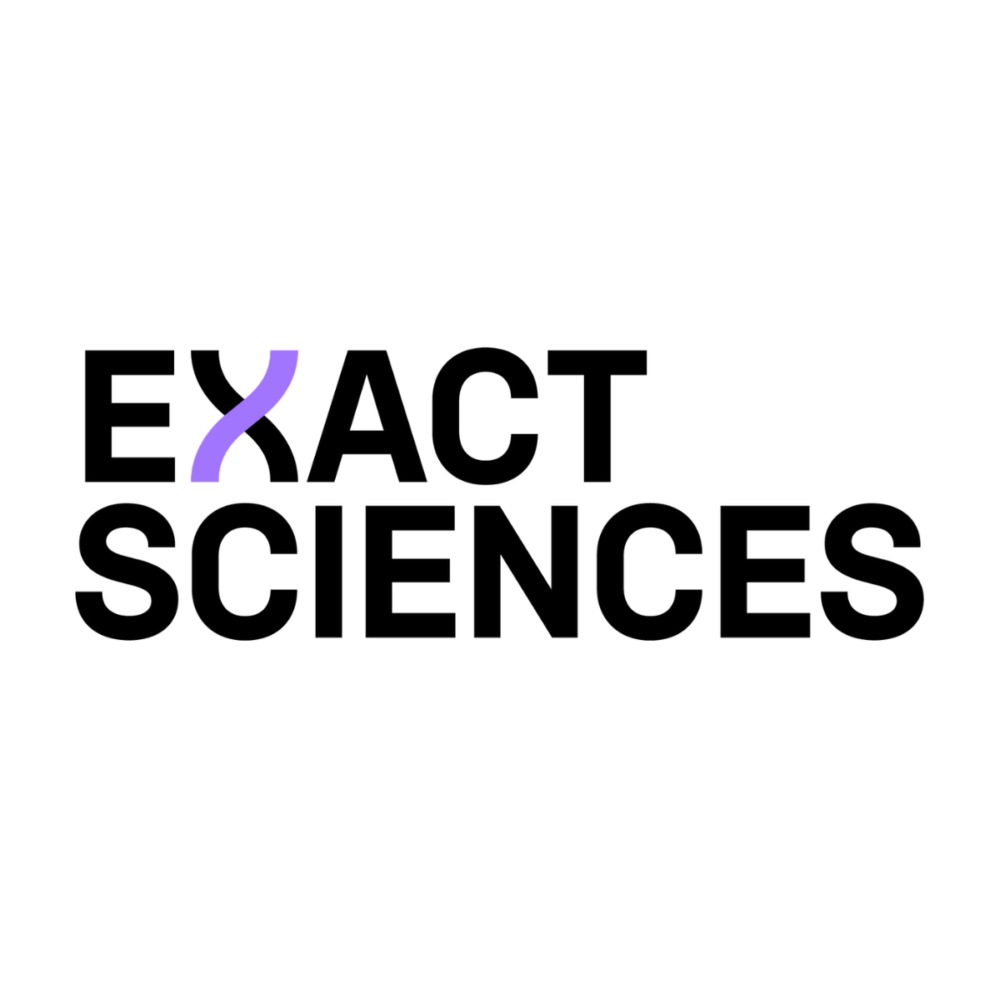Access for all: How to better address the needs of LGBTQ+ patients


This post has been sponsored by Exact Sciences as part of their support of the 2022 Advocacy Workshop.
At Exact Sciences, we strive to change lives through earlier detection and smarter answers across the cancer journey. But we know that cancer experiences are not the same for everyone due to deep inequities in cancer care and the overall health care system. Sexual and gender minorities face significant barriers in accessing care and as a result, bear a disproportionate cancer burden. Exact Sciences is honored to support the Prevent Cancer Foundation in their efforts to shed light on cancer screening disparities in the LGBTQ+ community and take part in a dialogue on solutions to better address the needs of LGBTQ+ patients.
Although there are more than 13 million people in the United States who identify as LGBTQ+1, this community remains overlooked in cancer research and care. 西hen marginalized groups are excluded from cancer research and receive inadequate care, they have an increased risk of developing or dying from certain cancers.2 There are many reasons the LGBTQ+ community face barriers to quality cancer care. LGBTQ+ individuals experience higher uninsured rates, often receive substandard care, face societal stigma and discrimination and in some cases, face denial of care because of their sexual orientation or gender identity.3 Additionally, providers lack knowledge about the specific health care needs of this patient population. In 2019, the first nationwide survey was conducted of oncologists assessing attitudes, knowledge and institutional practices of LGBTQ+ patients with cancer. The results showed that although there was high interest in receiving education regarding the unique health needs of LGBTQ+ patients, providers’ knowledge was limited around these patients’ needs.4
Despite the increased risk sexual and gender minorities have for certain cancers5, the LGBTQ+ population is less likely to engage in cancer screenings to help detect cancer earlier.6 We have a great deal of work to do to become better educated about the health needs of the LGBTQ+ population. Conversations during the Prevent Cancer Foundation’s Advocacy Workshop, Cancer Screening Disparities in the LGBTQ+ Community, are critical in exposing and explaining the issues that marginalized populations face.
Exact Sciences is deeply committed to increasing our understanding of the needs of this community and working toward solutions to ensure everyone has access to the cancer screening and prevention services they need. We see great promise in new technologies, like multi-cancer early detection tests, in helping to close screening gaps that exist for minority populations. We look forward to continuing to partner with the Prevent Cancer Foundation to address the disparities in cancer screening and detection among the LGBTQ+ community.
尾注
- LGBT People in the United States Not Protected by State Nondiscrimination Statutes. (April 2020) The Williams Institute, UCLA, Los Angeles, CA.
- National Cancer Institute. National Institutes of Health. Retrieved May 2022. https://www.cancer.gov/about-cancer/understanding/disparities.
- Institute of Medicine. 2011. The Health of Lesbian, Gay, Bisexual, and Transgender People: Building a Foundation for Better Understanding. Washington, DC: The National Academies Press. https://doi.org/10.17226/13128.
- Schabath MB, Blackburn CA, Sutter ME, et al: National survey of oncologists at National Cancer Institute-designated comprehensive cancer centers: Attitudes, knowledge, and practice behaviors about LGBTQ patients with cancer. J Clin Oncol 37:547-558, 2019.
- Quinn GP, Sanchez JA, Sutton SK, et al: Cancer and lesbian, gay, bisexual, transgender/transsexual, and queer/questioning (LGBTQ) populations. CA Cancer J Clin 65:384-400, 2015.
- Tabaac AR, Sutter ME, Wall CSJ, et al: Gender identity disparities in cancer screening behaviors. Am J Prev Med 54:385-393, 2018 [Erratum: Am J Prev Med 55:943].